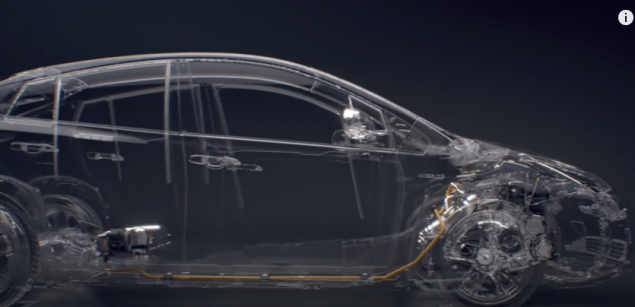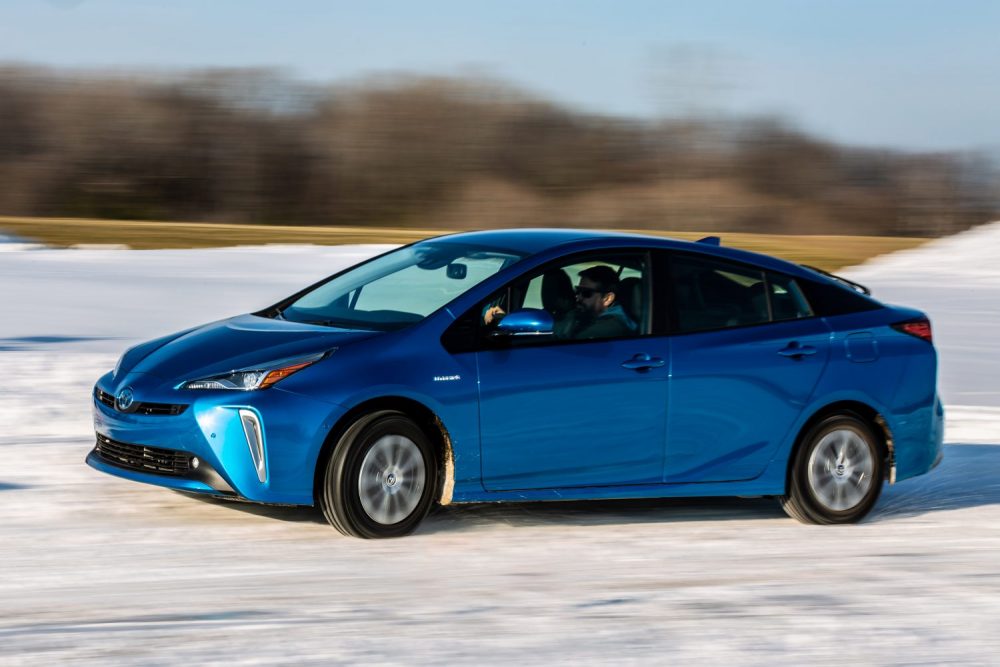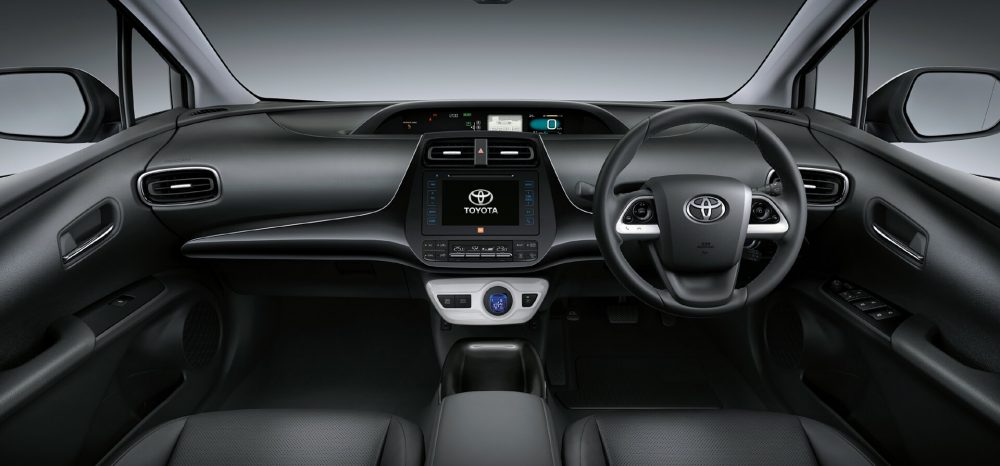Just a few days back, before the lockdown, the environment was the biggest concern. The deteriorating conditions due to the increasing level of pollution was not at all good. This is when there was a road to future mapped by the Indian automobile industry. It included electric vehicles, CNG operated vehicles and hybrid ones instead of the conventional engines. One such hybrid is the Toyota Prius. A globally known car for a very low emission upfront was also launched in India. But it is sad to know that a worldwide successful brand and its successful car failed to attract the Indian buyers at all. In fact, the first 12 months of the launch saw zero sales. And then 1 Prius was sold at last. But what makes it possible for the Toyota Prius to have success globally? Let’s take a look.
The Hybrid Powertrain

There are two sources of propulsion in this Plugin Hybrid Electric Vehicle(PHEV). This powertrain includes a 1.8-litre petrol engine capable of producing 96hp of power and a peak torque of 142Nm and an electric motor churning out 71hp of power and a peak torque of 163Nm. Total power output is a mere 120Nm although the power is not the USP of the Toyota Prius. The 8.8kWh battery can cover 50kms in the pure electric mode.
The USPs of the Toyota Prius

- First of all, it was not a power-oriented vehicle although it had a decent torque figure. But the major USP of the Prius was the ARAI certified mileage of over 26kmpl.
- In 2007, the United States Environment Protection Agency (EPA) rated Prius among the cleanest vehicles in the USA. It is clear that the Prius really takes care of the environmental problems.
- The multi-info display inside lets you know everything about the car. It has got a great graphic that will tell you the propulsion method too i.e. is the car driving completely on battery or the engine has kicked in.
- There are three driving modes to choose from: Eco, Power and Normal. In the normal mode, this PHEV drives on the electric source only and can reach the speeds of up to 60kmph. After this, the IC engine kicks in and the Eco mode is activated. Power mode will use the petrol engine mostly for high performance.
- Using a DC fast charger, the battery takes 20mins to juice up from 0 to 80%.
Revisit the history: Toyota | The Name You Know, The History You Don’t
Are there any drawbacks?
Any? There are many! Let’s list them down:
- First of all, is the price tag of ₹39lakh and that too ex-showroom. You might be a lot concerned about the environment but your pocket might not think the same. This cost cannot be even recovered after driving the Toyota Prius over 8 years.
- And that’s just the initial cost. The battery replacement is costly too. The best part is that due to such non-performing sales, there is always a shortage of the parts and have to ordered and there is a long waiting period too.
- Another drawback is the time taken to charge. If you are lucky enough to find a 200V/16A AC connection, it would take 2 hours 20 mins for a full charge. But on a bad day using 100V/6A charging socket, it will take 14 hours for a full charge.
- The looks! If someone is going to spend this hefty amount, he or she’ll surely want that the car has something which makes it stand out of the crowd. The design does make it a unique car but in a more negative way.

- Inside too, the infotainment system does not have Apple CarPlay or Android Auto support. Spending this much an not even getting what even a car below ₹7lakhs would offer does not seem a good choice.
There are fully electric vehicles such as Tata Nexon EV, half of the price and 4-5 times of range. Although the Prius is a hit globally, with such a hefty price tag it is not a viable way of caring about the environment. It is rather better to buy a fully electric vehicle which will have lower running costs, better mileage and by better, I really mean way better, lower price and better performance figures. In future, Toyota might come up with a tech that would lower the cost of Prius but for now, it is not worth buying which shows the reason for failure in India.
Take a look: Tata Nexon EV vs MG ZS EV vs Hyundai Kona Electric: Detailed Comparison






Toyota is crazy in categorising their products in india